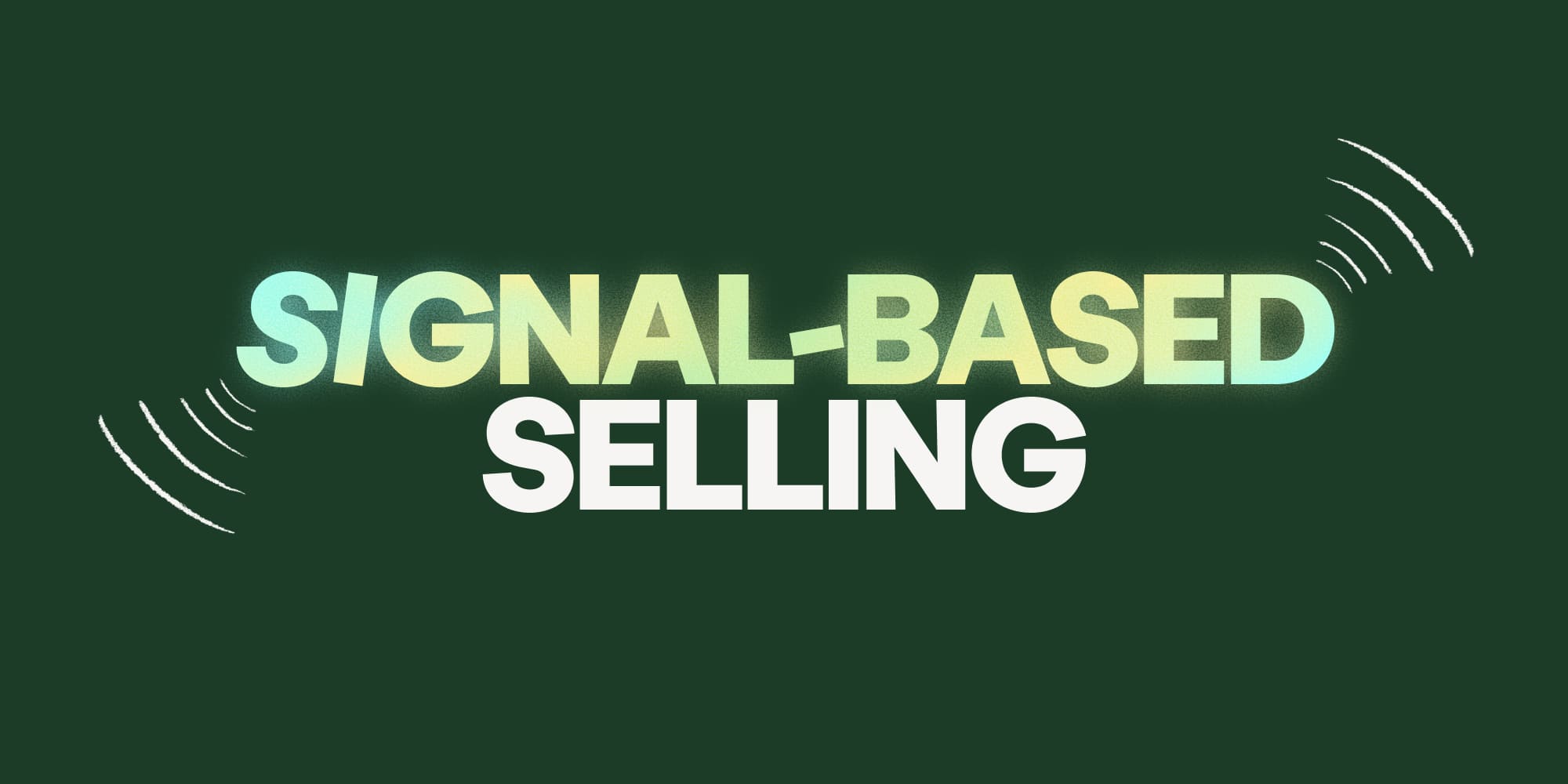Lessons Learned #3: Cold emailing: strategies for effective outreach
•
October 5, 2018

For the third lesson of the series “Outbound Sales for Beginners”, we are going to focus on the specifics of cold emailing. Cold emailing is an emergent and effective outbound sales tactic, that consists in emailing prospects that match your ideal customer profile. It is a scalable and repeatable process that B2B companies use to increase revenue.
What is a cold email?
Cold emailing is a potent outbound sales tactic utilized by B2B companies to target potential clients who match their ideal customer profile.
Unlike warm or hot leads, cold emails are sent to prospects who have not expressed prior interest, making personalization and relevance crucial to success.
Crafting compelling cold emails
The importance of personalization
When you cold email someone, there are two important things that you should keep in mind: the people you are reaching out to might (probably) not be familiar with your company, and they did not request your emails. Make your prospects feel special, show them that you took time to research them and their company. Use first and last names as well as company-related information and you’ll increase your reply rates. Personalize the body of your message, as well as your subject line.
The structure of your email
Subject line
The subject line will have a significant impact in the open rates of your email campaigns, it should be short and concise. Be upfront, don’t deceive or overpromise because it will hurt your credibility. It’s important to avoid spam words that could trigger spam filters.
Body of your email
Your message should be adapted to the person you are reaching out to, i.e. you should have a different approach for C-level vs. Managers. Keep it personal, short and straight to the point. Here is a list of best practices:
- Introduce yourself: Introduce yourself and your company.
- Why are you reaching out: Inform your prospects about how you found them and why you are reaching out to them.
- Value proposition: Provide the crucial information to capture the attention and interest of the prospect. You should present a solution to a pain point they’re struggling with.
- Credibility points: If you have relevant clients, you should make it known here as a way to entice the customer to purchase the product you are selling.
- Call-to-action: Cold emails should have a clear action. Examples of calls to action include: asking a product related question, finding a time to chat, a signup on your website, pointing to a free trial, etc... It’s important to include a simple call to action in order to make the prospect feel that the ball is in their court.
Useful cold email tips and techniques
Follow-up
A very important aspect of cold emailing is to always follow-up on your emails. Persistence always pays off, you can do 7 to 8 touch points within a 24-day window. Keep this in mind every time you are following up with a prospect:
- People have busy schedules, and sometimes your email may slip through the cracks, so a kind reminder about your offer will most of the time be appreciated.
- Wait 2 to 3 days between follow-up emails. If you start sending emails daily, people will perceive your email as spam and won’t take you seriously.
- Provide value with every touch point. Every time you send a follow-up email, seize that opportunity and give another example of how you could solve a problem for your prospects.
- Be original and use humor, this is a real key to success and will increase your reply rates! If your prospects are opening your emails, but not replying, ping them again with a funny image or GIF. You’ll be surprised with the impact of a good laugh in a sales conversation.
Be data-driven, run A/B tests
There is no silver bullet when it comes to cold emailing. You need to test every assumption you bump into, measure the results and repeat the process. Every hypothesis is valid until you cross it off your list when it fails. And every variable is on the table: test the best time as well as the best day to send emails, write different approaches and send them to small batches of leads. Test only one variable at a time, in order to get more accurate results.
What is success when it comes to cold emailing?
When you start an email campaign, you need to keep an eye on the following metrics: open rate, reply rate and conversion rate. These metrics will help you distinguish between the good/bad email campaigns.
- Open rate: The open rate is the percentage of emails that have been opened, and It’s calculated by the number of emails opened, divided by the emails delivered.
- Reply rate: The reply rate is the percentage of people who replied to your email. You can determine it by dividing the number of people who replied by the number of people that received the email.
- Conversion rate: The conversion rate is the percentage of people who converted into new opportunities. It corresponds to the number of sales qualified leads that go one step further in your sales channel.
Cold emailing best practices
The main purpose of cold emails is to warm up your cold prospects. When you’re sending cold emails, your main goal should be to take the prospect to the next level. Don’t overwhelm your prospects with feature enumerations and unnecessary details about your product. You should them relate with the pain point you’ll be solving for them.

In the next lessons, we are going to dig into each step of the sales process. Stay tuned for the next lesson: Follow-up, Always Follow-up!
Here is the outline of this series:
- The Sales Process
- Lead Generation, Prospecting
- Outreach, Cold emailing
- Follow-up, Always Follow-Up!
- Sales Calls and Lead Qualification
- Closing!
- Deliver and Support, Customer Success
- Ask for Referrals! Referral Marketing!
- Sales hacks!
- Refine, Repeat, Scale!
If you have any questions or suggestions feel free to reach out to team@amplemarket.com. You can also follow us on Twitter and on LinkedIn.
Amplemarket is your AI-powered sales assistant. Amplemarket takes care of everything from prospecting to outreach, follow-ups, and scheduling of meetings. You tell us who you want to reach out to and wait for meetings to magically appear in your calendar.
Subscribe to Amplemarket Blog
Sales tips, email resources, marketing content, and more.










